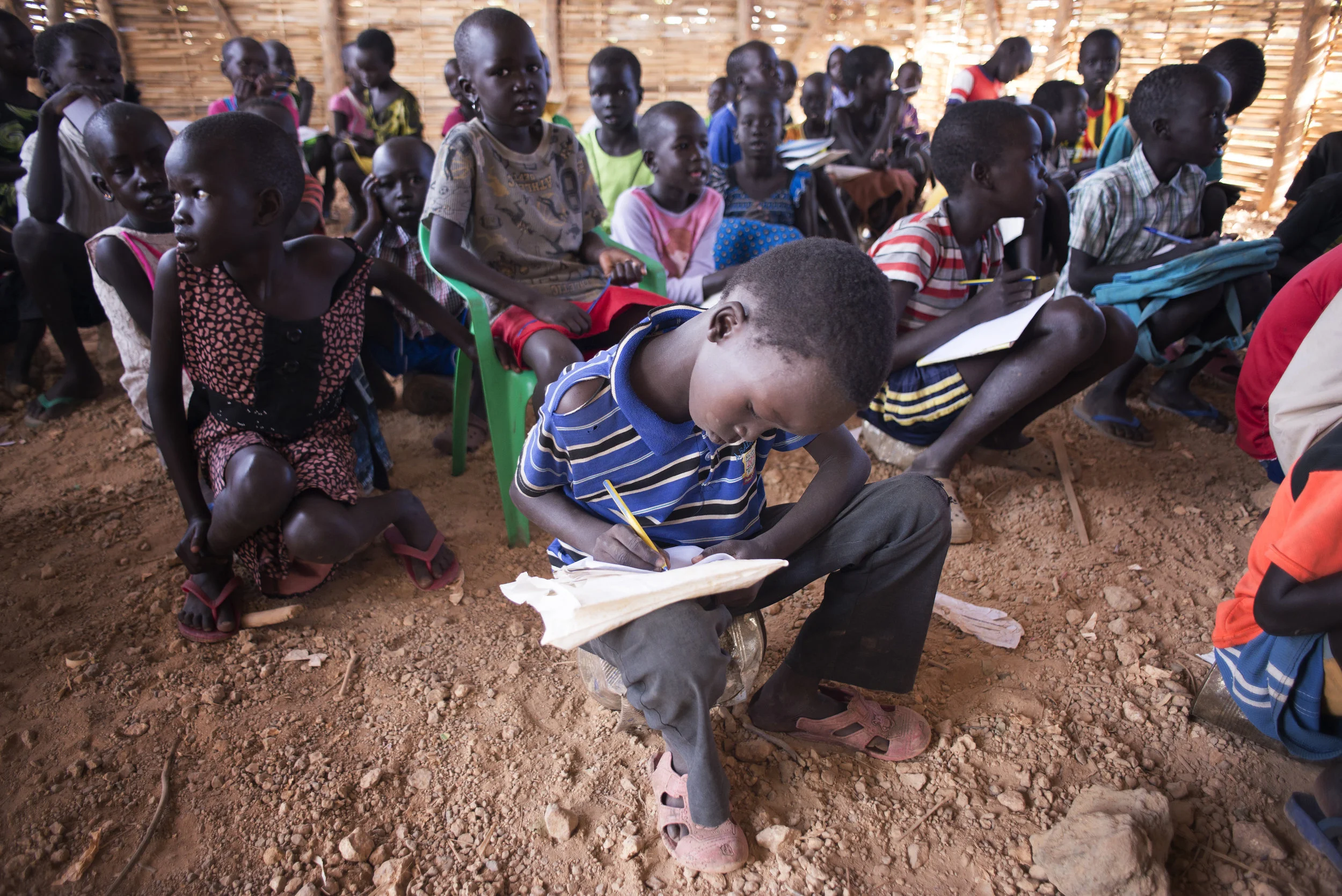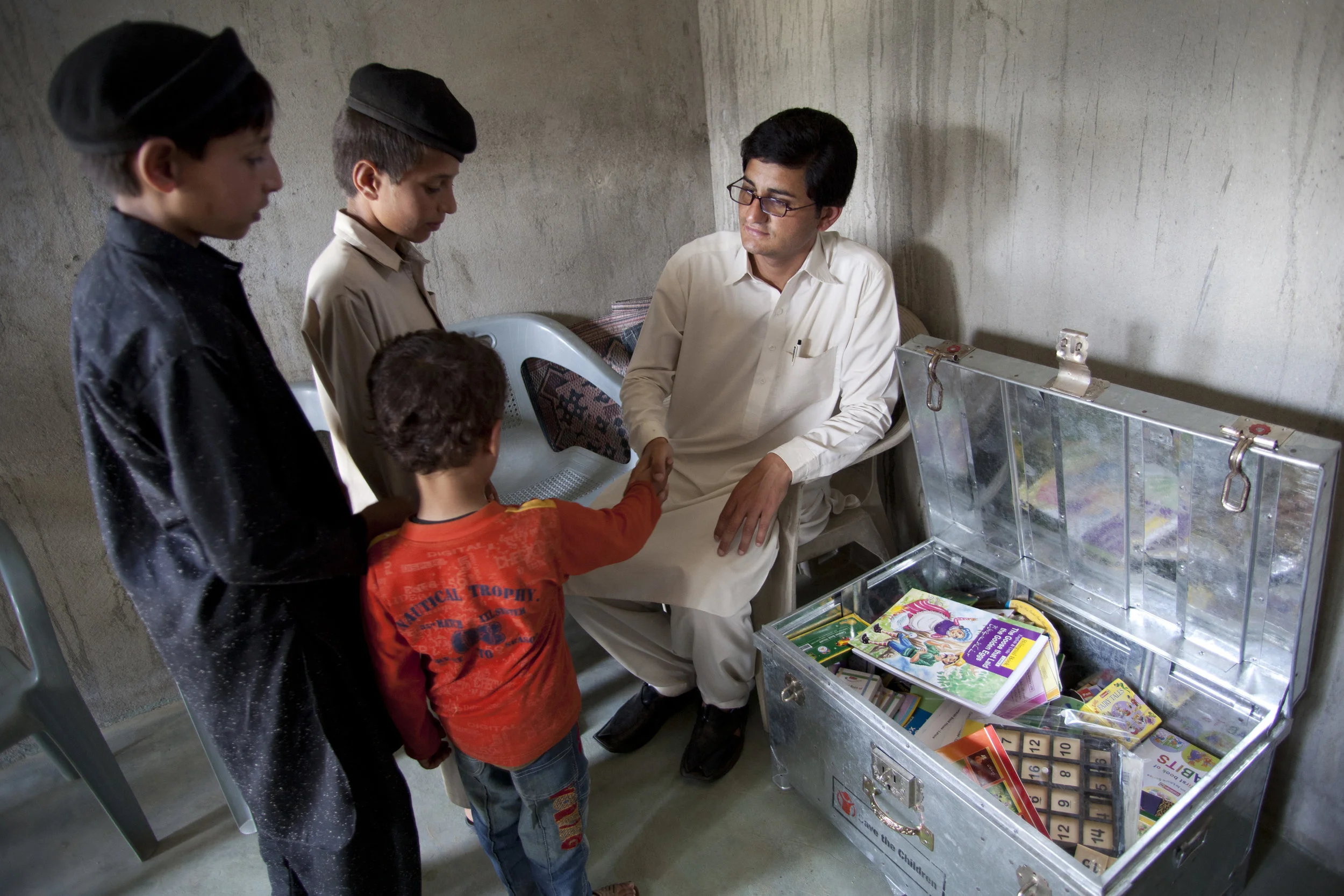The book gap is a lack of level-appropriate books in languages children use and understand.
The reasons for the book gap are varied, and there are challenges across the book chain.
There Are Not Enough High Quality Books
In low- and middle-income countries, there is an inadequate supply of titles. Not only are there not enough physical books, but not enough authors and publishers are producing stories in languages children use and understand. A 2016 study found that in Malawi, there are approximately 2.2 million native speakers of Chitumbuka and another 2.2 million speakers of Chiyao. There are fewer than 20 reading book titles available in either language, leaving nearly 25 percent of Malawi’s population without the materials to support literacy.
Books Are Hard To Get
Inefficient and ineffective supply chains, as well as insufficient or inappropriate use of financing for procurement, further constrain the supply of books and increase the costs of provision. Across sub-Saharan Africa, book loss and damage is also a significant challenge. In Guinea, Niger, and Chad, research indicates that over 50 percent of books are lost in warehousing and transportation due to inadequate storage, insufficient transportation funding, and lack of overall planning.
Community-Wide Engagement is Needed
Teachers and parents lack the information and resources they need to support development of reading skills, keep students engaged and interested in reading books, and support community-wide reading activities such as libraries and reading camps.




